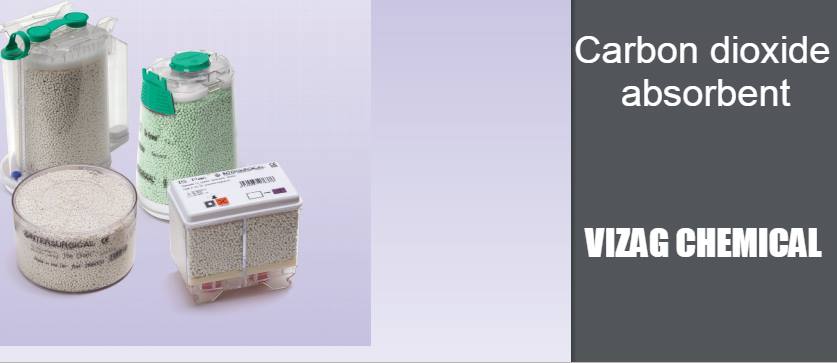Carbon Dioxide Absorbent info Chemical Man India
VIzag chemical Our range of medical grade absorbents and standard soda lime areavailable in a number of configurations to suit your requirements.These include loose fill, pre-filled absorbent cartridges and disposableabsorbers for specific equipment.
The use of alkali and alkaline earth metals for carbon dioxide absorption in air purification has been known for many years. Most favored has been a composition named Baralyme which has had a varying composition over the years. Originally Baralyme was composed of 80% calcium hydroxide and 20% barium hydroxide octahydrate with a trace of wetting agent. More recently this composition has been modified to incorporate the potassium hydroxide therein. Alternative compositions include other alkali metal hydroxides such as sodium or lithium hydroxide etc.
These compositions are generally quite satisfactory for normal air purification systems for the removal of carbon dioxide. However, in undersea environments where there is a possibility of water flooding of the composition canister, a problem is created which renders the above noted standards unsuitable. This is caused by the solubility characteristics of the Baralyme components or the alkali metal hydroxides. Briefly these components are in varying degree quite water soluble and produce caustic solutions easily. The hazard of causic injury from these components thus becomes apparent in an undersea environment where leakage of the water into the canister of an absorption agent would immediately produce a strong caustic solution.
In view of the known reactions of oxides and hydroxides with carbon dioxide it is apparent that the most desirable reactants would be the oxides since in the reaction with carbon dioxide only a carbonate is formed. However, neither the hydroxide or oxide will react with dry carbon dioxide so there must be some water present. Of course this required presence could result in the above noted cousticizing if it were not strictly controlled. One additional dictate of a satisfactory absorption system is maximum reactivity. From this it is desirable to utilize an alkali earth metal rather than an alkali metal in that the former acts on a one-to-one molar ratio while the latter requires two moles for each mole of carbon dioxide present in order to produce the carbonates.
In considering all possible alkali and alkaline earth metals for use in absorbers it appears from both solubility, state, and valence that magnesium oxide would be most desirable for use in carbon dioxide reactions. This material is extremely preferable in undersea applications because of its minimal solubility in the hydroxide form, its bivalency and of course its oxide nature. However it suffers from the disadvantage of being very weak in its reaction with carbon dioxide and in itself a poor absorber thereof.
Therefore it is an object of the instant invention to provide a carbon dioxide absorption composition which eliminates the caustic hazard of undersea use while maintaining high activity for absorption.
It is a further object of the instant invention to provide an absorbing composition which is predominantly formed of a bivalent oxide for maximum reactivity with carbon dioxide with minimal water formation.
It is still a further object of the instant invention to provide an absorption composition comprising predominantly magnesium oxide so modifi-ed as to be highly reactive to carbon dioxide.
It is another object of the instant invention to activate magnesium oxide for carbon dioxide absorption whereby the water necessary for initiating and maintaining the reaction is provided by the activator.
These and other objects will become apparent from the following description and claims.
It has been found that magnesium dioxide can be formed into highly reactive material with carbon dioxide by incorporation of lithium hydroxide therein, compacting under high pressure, granulating and drying. The basic composition of the instant invention contains only two components i.e magnesium oxide and lithium hydroxide monohydrate (LiOH.H O) there being no need for additional wetting agents, etc. as in Baralyme.
The composition of the instant invention may contain from about 60 to 95% magnesium oxide with 40 to 5% lithium hydroxide monohydrate although it is preferred for a maximum effective range that the composition contain to magnesium hydroxide and 10 to 15% lithium hydroxide monohydrate. Optimum results have been obtained with an 88-l2 blend (all proportions are by weight percent).


Leave a comment